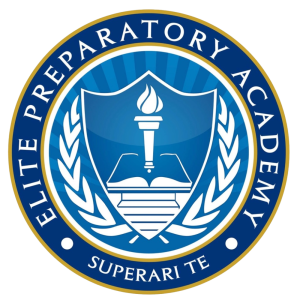Unit 7: Analyzing Informational Texts
Section outline
-
Objective:
Students will determine the central ideas of an informational article and analyze how those ideas develop throughout the text.
Task:
Read an informational article (chosen by the teacher or self-selected from an approved list) and summarize its central ideas. Analyze how these central ideas develop through the text using evidence from the article.
Outcome:
Write a 2-page analysis that explains the central idea of the article and how it develops throughout the text. Use specific examples and details to support your analysis.
Measurable Objective:
Students will identify and explain the central idea of an informational article and describe how it is developed through key details and organizational structure.
Materials List:
- Informational article (provided by the teacher or selected from an approved list)
- Pen or pencil
- Notebook or digital document for notes
- Highlighter (optional)
- Dictionary or thesaurus (optional)
- Access to a computer for writing the analysis
- Printer (optional for hard copies of the analysis)
- Printed rubric (for self-assessment)
- Printed outline template (optional)
- A projector or presentation software (optional if presenting findings)
Evaluation Rubric
Criteria
4 (Excellent)
3 (Good)
2 (Needs Improvement)
1 (Unsatisfactory)
Central Idea Identification
Clearly and accurately identifies the central idea of the article.
Identifies the central idea but may lack some clarity or detail.
Struggles to identify the central idea, or it is unclear.
Does not identify the central idea or misinterprets it.
Development of Central Idea
Provides a thorough analysis of how the central idea develops throughout the article, with strong evidence.
Analyzes how the central idea develops but lacks depth in explanation or evidence.
Provides a weak analysis of the central idea, with limited or unclear examples.
Fails to explain how the central idea develops or provides irrelevant details.
Organization
Well-organized essay with clear introduction, body paragraphs, and conclusion.
Organization is clear, but may have minor issues with flow or structure.
Essay lacks clear organization, making the argument hard to follow.
Essay is disorganized or lacks a clear structure.
Use of Textual Evidence
Effectively uses specific quotes or examples from the text to support analysis.
Uses some evidence from the text, but could provide more specific or detailed examples.
Provides limited or vague evidence from the text.
Fails to provide sufficient or relevant evidence from the text.
Grammar and Mechanics
Writing is free of grammatical, spelling, and punctuation errors.
Writing has a few errors, but they do not interfere with understanding.
Writing has several errors that affect clarity.
Writing has many errors, making it difficult to understand.
By the end of this unit, you will be able to analyze the central idea of an informational text and explain how it develops through key details and the overall structure of the article. This will help you strengthen your critical reading and writing skills.
